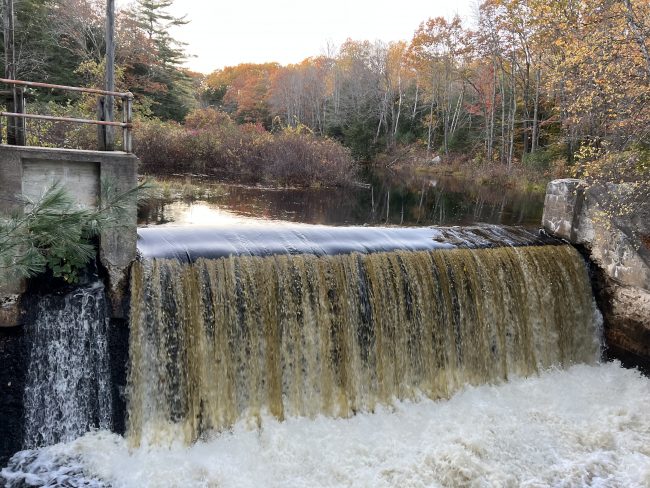Have you ever wondered why some bodies of water are tinted brown or tea-colored? The answer isn’t always polluted water or excessive sediment from runoff. Frequently, water in streams and rivers becomes tea-colored from naturally occurring tannins. Tannins are a chemical found in many plants around the world. These tannins can leach out of plants and plant debris and into groundwater, lakes, rivers, and streams. Although they can make the water more acidic, it’s important to note, tannins are not harmful to fish and wildlife.
This process occurs in many waterways that run through wooded areas and wetlands. Stevens Brook is an excellent example of this process happening. It originates as the outflow of Highland Lake in Bridgton. It passes through downtown Bridgton and joins with Willett Brook as it flows through Pondicherry Park. It then passes under Rt. 302 and races down to Long Lake. On its way, it passes through mostly forested areas and two slower-moving wetland areas.
Wetlands have high levels of plant mass and organic matter. Because there is always water flowing through these areas, tannins leach into the water, making it appear tea-colored. Willett Brook is the outflow of a massive wetland complex in southwest Bridgton. As a result, it frequently has high levels of tannins in its water. This makes the water in Stevens Brook much more tea-colored below the Willett Brook junction. The addition of Willett Brook, combined with the two slower-moving wetland areas that Stevens Brook flows through itself, turns the water tea-colored. This is most easily viewed during high-flow times when there are increased levels of water going over the dams. The two pictures below were taken on the same day this past October. Notice how different the water looks just a mile and a half downstream!

